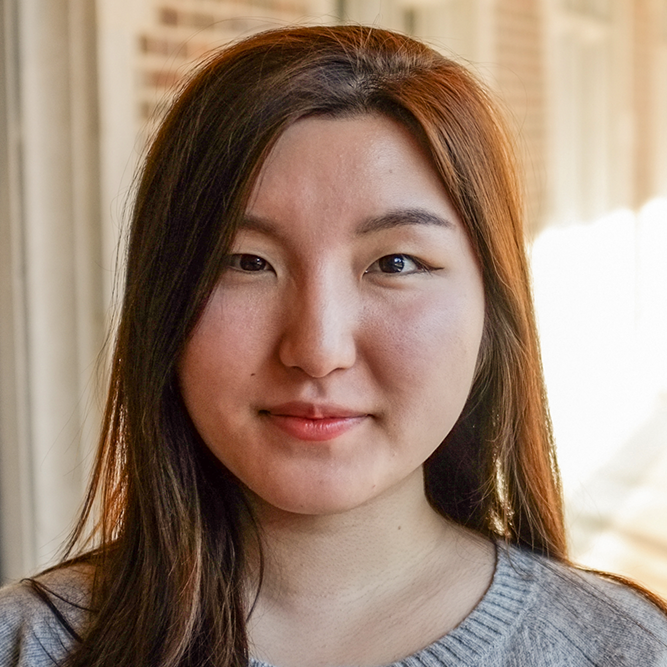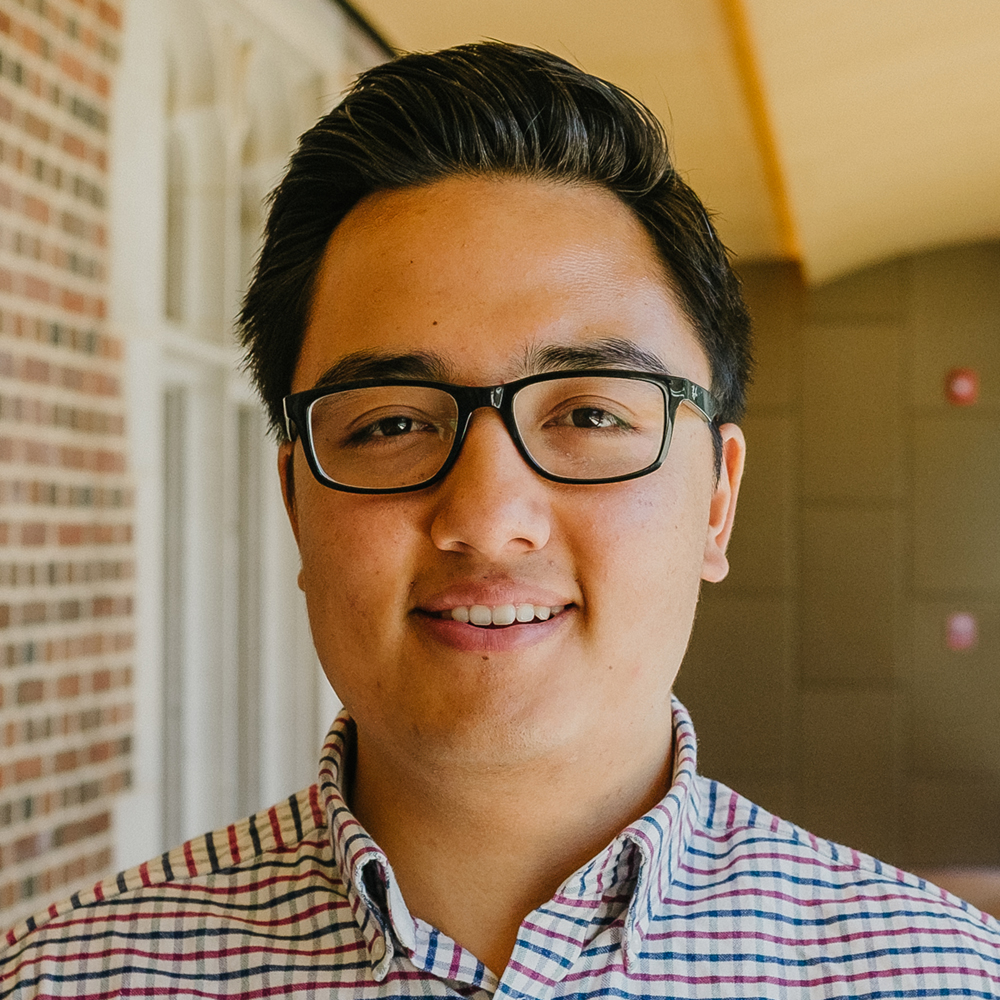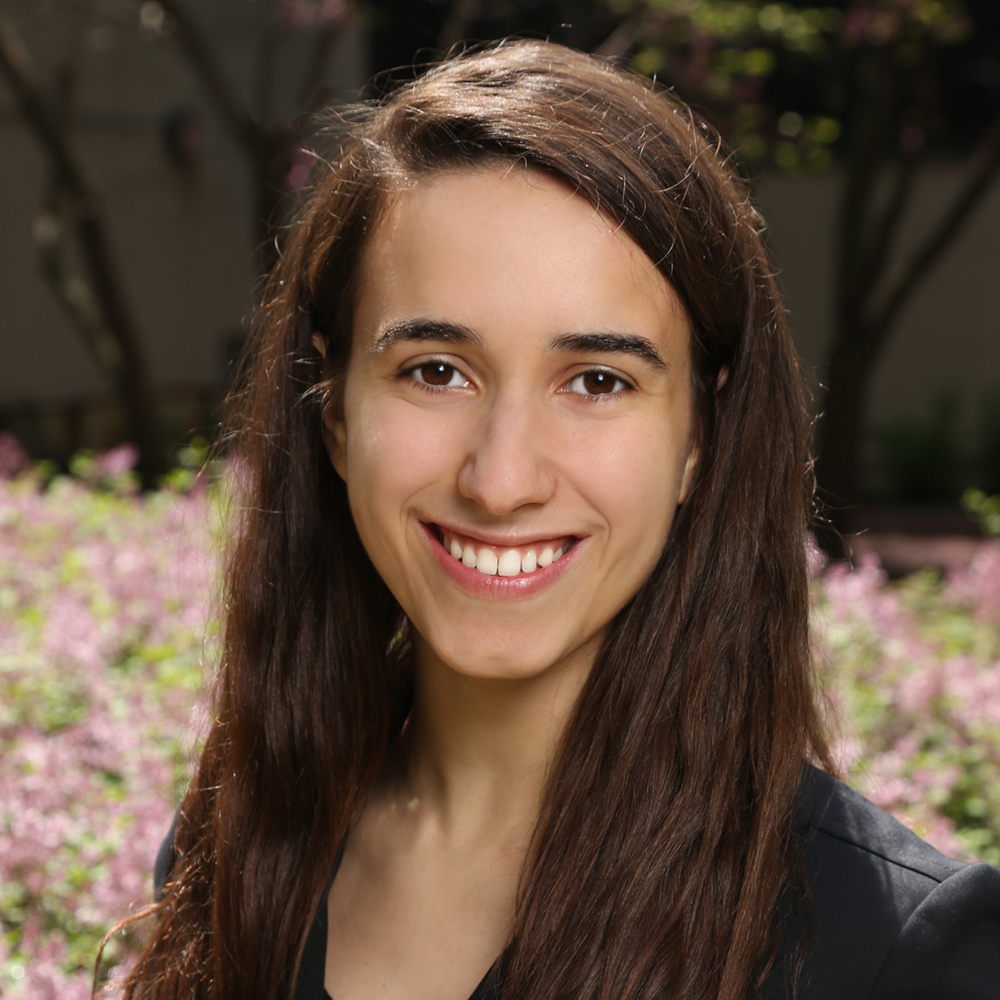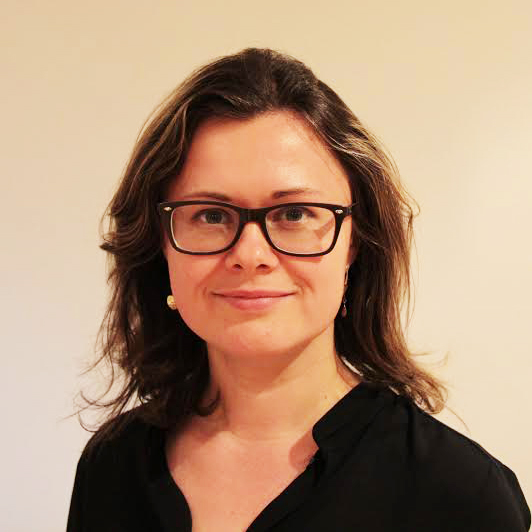
The Reggio Project
The Reggio Approach is an early childhood approach in Northern Italy that encourages child-led learning in an open learning environment. Although it is a widely adapted form of early childhood education, there is no published evidence of its effectiveness. This project aims to evaluate the Reggio Approach along several dimensions, such as social-emotional skills, labor market participation, and health.
Because the Reggio Approach was implemented in Reggio Emilia, Italy, we collect survey data from five cohorts of individuals who were raised in Reggio Emilia. The age span of the cohorts covers important milestones in the life cycle, allowing us evaluate the effects of the early intervention holistically. The two youngest cohorts represent the beginning and end of compulsory schooling. The individuals in the three adult cohort were in their 30s, 40s, and 50s. Analogous cohorts were interviewed in the nearby cities of Parma and Padova. These cities are similar to Reggio Emilia along certain characteristics, but do not have the Reggio Approach.
We analyze this sample using several methods to compare within and across cities. We also present estimates that account for differential selection into the different school types. We further bolster this analysis with a survey to Italian early childhood education professionals to understand details about the trajectory of alternative preschool systems in the three cities.
Frequently Asked Questions
Cohort Structure and Possible Preschool Experiences
Project Team

Jessica Koh

Sylvi Kuperman

Sidharth Moktan

Nirali Trivedi

